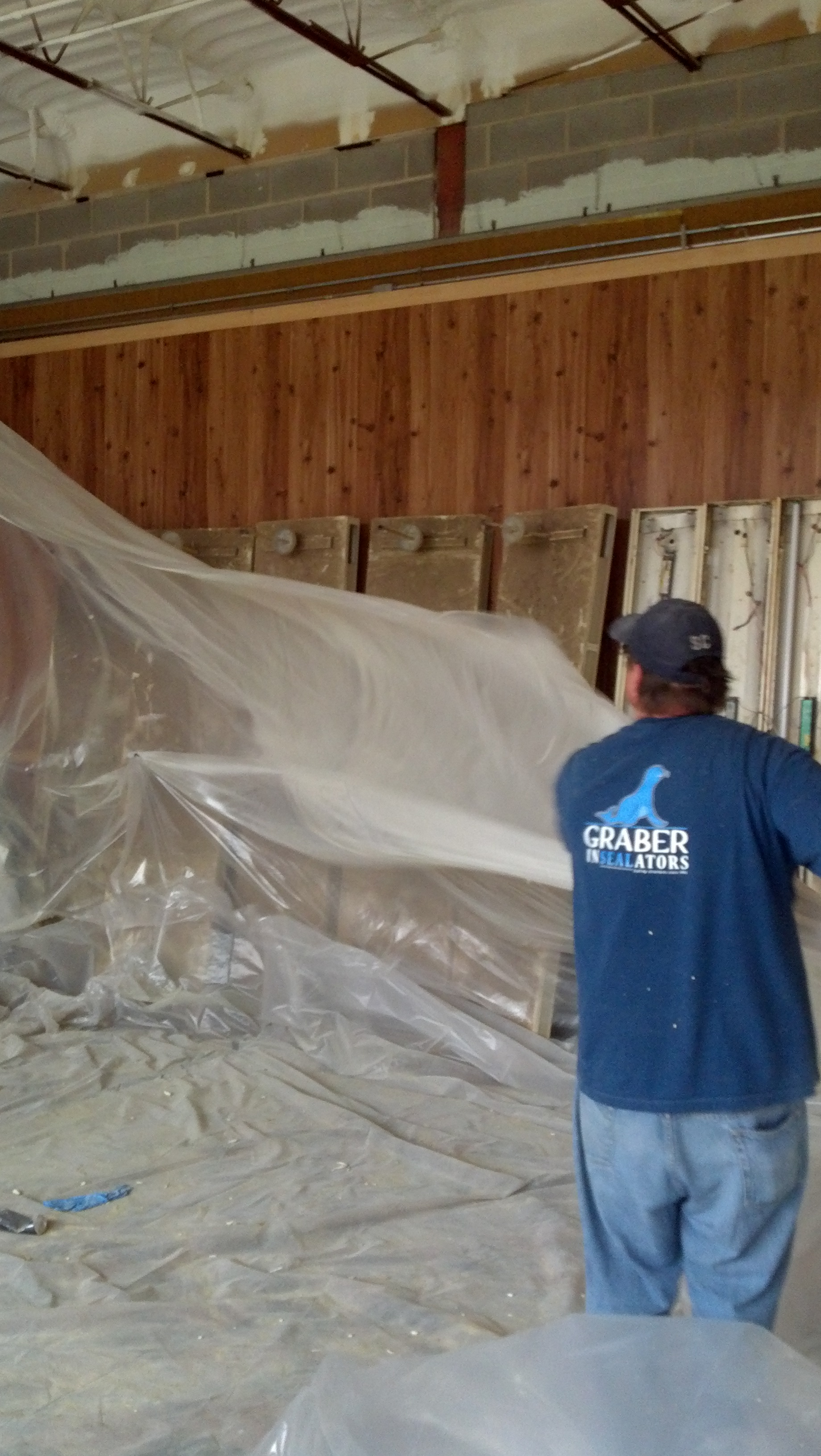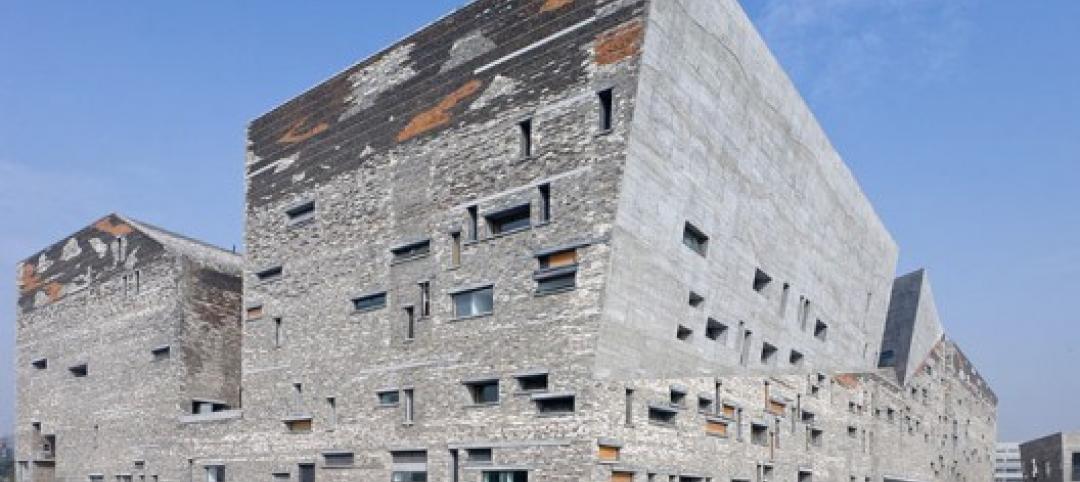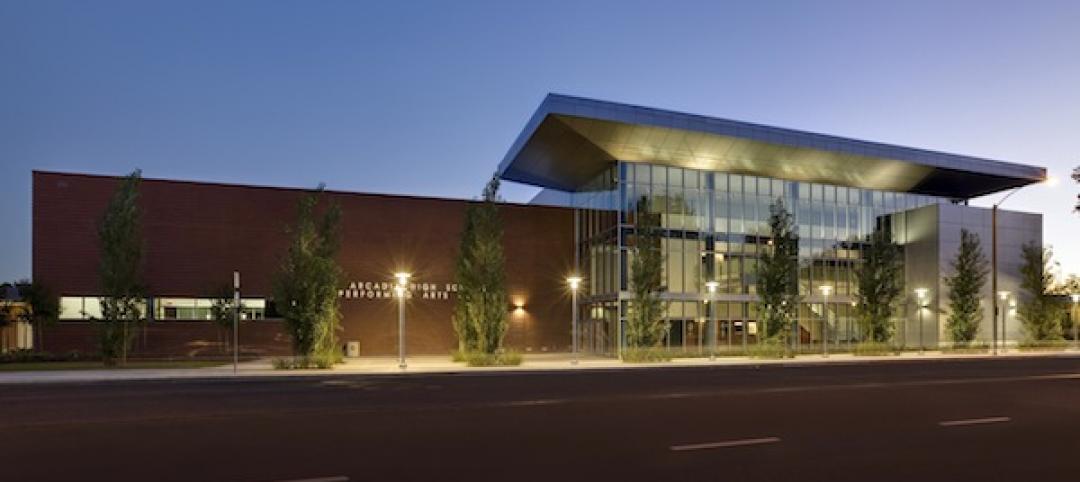Located near Louisville, Ky., Fort Knox is home to the U.S. Army’s Armor Center, Armor School, Recruiting Command, and numerous other facilities. The post has a daytime population of more than 30,000 people and more than 3,000 family housing units. In total, Fort Knox encompasses 11 million square feet of conditioned space across more than 109,000 acres.
A military post of this size consumes a significant amount of energy. Fort Knox is acutely aware of the need for sustainability to ensure continuous operations and meet Federal energy goals and requirements. The post’s Disney Barracks complex demonstrates sustainability in action by using ground coupled heat pumps to move thermal energy from the earth or buildings to provide space heating and cooling.
Facility overview
The Fort Knox Disney Barracks complex is named for Major General Paul Disney, a World War II veteran and first commander of the Armor Training Center at Fort Knox. The complex consists of 38 facilities, including 14 barracks, six dining facilities, six classrooms, battalion headquarters, a chapel, movie theater, and several other facilities. These buildings make up approximately 811,400 total square feet of conditioned space.
At the time of construction in the 1960s, energy efficiency was not a priority. The entire Disney complex was heated from a centralized, high-pressure, high-temperature hot water system. The design, age, and operation of the central heating plant rendered it inefficient and outdated compared to today’s standards. Cooling was equally inefficient. The Disney buildings were cooled from a mixture of decentralized cooling equipment of different ages, efficiencies, and functional conditions.
None of the buildings used automated temperature control systems. In addition, the underground hot water distribution system had many thermal leaks due to age. Only four of the barrack facilities had ventilation equipment, none of which functioned. As a result, windows were always left open for ventilation, which caused discomfort, poor indoor air quality, and mold issues from uncontrolled temperature and humidity.
Equipment failures added to the Disney Barracks complex central heating pitfalls, the most recent of which was a failure associated with the underground piping. Fort Knox received $2 million to repair and replace a portion of the underground hot water distribution system, but opted to use that funding to fix the bigger problem instead of fixing one failing component after another in an outdated, inefficient system.
Fort Knox’s energy consumption analysis of all Disney Barracks complex facilities revealed that the inefficient heating and cooling systems consumed 39% more energy than required. The post decided to replace these systems and converted the Disney Barracks complex in less than six months with geothermal heating and cooling. Use of a utility energy service contract (UESC) dramatically shortened the construction cycle of the energy project and allowed for an operational facility in a fraction of the time the traditional procurement methods required.
Project at a Glance
Federal facility: U.S. Army Fort Knox Disney Barracks
Conditioned square feet: 811,435 square feet across 38 facilities
System overview: Geothermal heat pumps with automated ventilation and control systems
Warranty: 50 years for ground piping system; 25 years for inside components
Annual energy savings: 106,600 MMBtu
Utility partner: Nolin Rural Electric Cooperative Corp.
Year of completion: 2005
Total cost: $10.4 million
Annual energy cost savings: $906,100
Payback: 11 years
System overview
Fort Knox replaced approximately 70% of the existing Disney Barracks heating, ventilation, and air conditioning (HVAC) systems with geothermal heat pumps (GHPs), taking advantage of renewable energy resources. The vertical closed loop GHPs consist of 180 boreholes drilled 500 feet deep, each of which is interconnected. The post also added automated ventilation controls with dedicated fresh air systems and a wireless control system. These systems improve barrack air quality.
Geothermal Technology Overview
Geothermal heat pumps (GHP) move heat from one place to another to provide space heating and cooling throughout the year. In the summer, a GHP transfers heat from inside the facility to the ground outside or below. In the winter, a GHP extracts heat from the ground and transfers it inside the conditioned space.
A GHP system has three major components: the ground loop (buried piping system), the heat pump itself, and the heating and cooling distribution system. Two main types of GHPs exist. Closed-loop systems use sealed horizontal or vertical pipes as heat exchangers through which the heat conductive fluid transfers heat to or from the ground. Open-loop systems pump water to the heat exchanger and then back to the source.
More than 60% of total Fort Knox facility square footage, or more than six million square feet, is served by automated geothermal heating and cooling. Additional ground coupled heat pumps are installed in privatized housing. A central, automated control system pulls all facilities into one, easy-to-use system that serves as the backbone of a post-wide energy management program. More than 140 post facilities are tied into the system with plans to add more in the near future.
Results summary
The renewable energy ground coupled heat pumps at Disney Barracks reduced Fort Knox’s annual energy consumption by approximately 106,600 million British thermal units (MMBtu) in 2006. This is a 10% reduction in natural gas consumption. Electricity use overall changed little from this project.
The Disney Barracks’ GHP system helped Fort Knox and the U.S. Army save more than 102,000 thousand cubic feet (Mcf) of natural gas for a cost savings of $906,100 in 2005. The benefits, however, extend further. The indoor air quality of the Disney Barracks facilities greatly improved, directly benefiting occupant health and working conditions.
Project summary
Fort Knox strives each year to exceed reduction goals set by Federal regulations and requirements. Fort Knox reached this goal and maintained its reputation as a model Army post by effectively utilizing renewable energy and a variety of energy efficiency and management tools. Fort Knox improved quality of life for everyone on the post while reducing energy consumption and expenses. +
--
Resources: Federal Energy Management Program; Department of Energy (DOE) Geothermal Energy Technologies Program.
For more information contact:
Anne Sprunt Crawley Federal Energy Management Program 202-586-1505 anne.crawley@ee.doe.gov
Andy Walker National Renewable Energy Laboratory 303-384-7531 andy.walker@nrel.gov
Related Stories
| Feb 13, 2013
Advanced urbanism is focus of new MIT research center
MIT Center for Advanced Urbanism will seek 21st Century planning solutions, starting with infrastructure design issues.
| Feb 13, 2013
'Vegetative tower' apartments to revive NYC site
A Manhattan site formerly slated for development with a "tower of cubes"—a now-defunct project by Santiago Calatrava—will be revived with a 998-foot, 300,000-sf apartment building by Morali Architects.
| Feb 13, 2013
Fast Company selects 'most innovative' architecture firms
Business innovation magazine Fast Company has released a list of 10 "most innovative" architectural practices, worldwide.
| Feb 12, 2013
OMA's 'perimeter core' design wins competition for Essence Financial Building in Shenzhen
OMA partners David Gianotten and Rem Koolhaas rethink traditional office tower design with a plan that shifts the building's core to the edge for large, unobstructed plans.
| Feb 11, 2013
AIA elevates 122 members and seven international architects to the College of Fellows
The 2013 Jury of Fellows from the American Institute of Architects (AIA) elevated 122 AIA members to its prestigious College of Fellows, an honor awarded to members who have made significant contributions to the profession. The 2013 Fellows will be honored at an investiture ceremony at the 2013 National AIA Convention and Design Exposition in Denver.
| Feb 8, 2013
5 factors to consider when designing a shade system
Designing a shade system is more complex than picking out basic white venetian blinds. Here are five elements to consider when designing an interior shade system.
| Feb 8, 2013
Isabella Stewart Gardner Museum’s new wing voted Boston’s 'most beautiful new building'
Bostonians voted the Isabella Stewart Gardner Museum's new wing the People's Choice Award winner for 2012, honoring the project as the city's "most beautiful new building" for the calendar year. The new wing, designed by Renzo Piano and Stantec, beat out three other projects on the short list.
| Feb 6, 2013
Arcadia (Calif.) High School opens $20 million performing arts center
A 60-year old wish for the community of Arcadia has finally come true with the opening of Arcadia Unified School District’s new $20 million Performing Arts Center.















